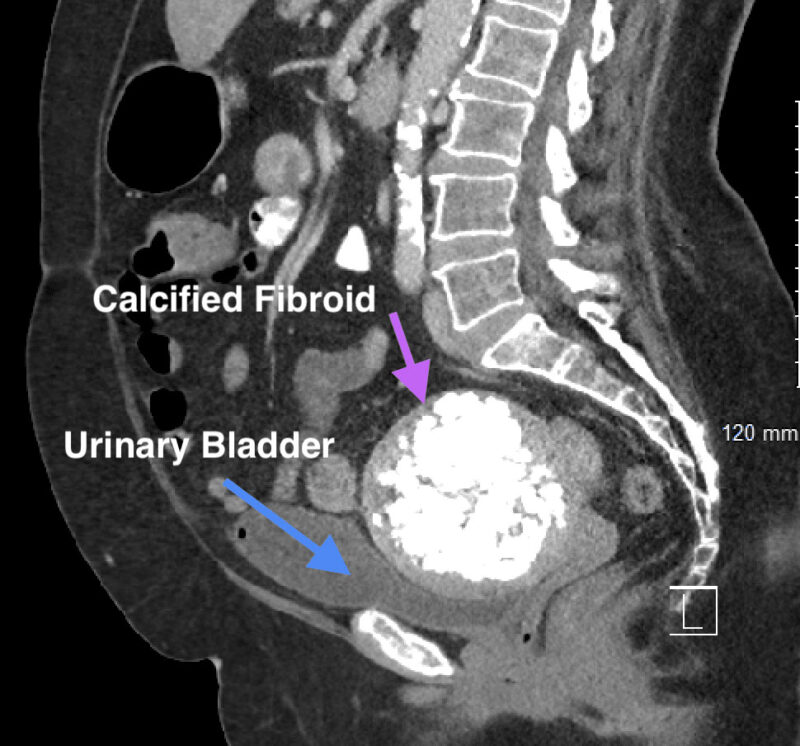What Are Temporal Bone Cancer Symptoms? Know The Signs

Temporal bone cancer is a rare and complex condition that originates in the temporal bone, which is a vital structure located on the sides of the skull. This bone plays a crucial role in housing critical components of the ear and brain, making cancers in this area particularly challenging to diagnose and treat. The symptoms of temporal bone cancer can be subtle and may resemble those of more common, less severe conditions, making early detection difficult. However, being aware of the signs and seeking medical attention promptly if they appear can significantly improve outcomes.
Hearing Loss
One of the earliest and most common symptoms of temporal bone cancer is hearing loss. This can range from a mild decrease in hearing ability to complete loss of hearing in the affected ear. The hearing loss is often unilateral, meaning it affects only one ear, and can be sudden or gradual. Patients might find it increasingly difficult to understand speech, particularly in noisy environments, or they might notice a decrease in their ability to hear high-pitched sounds.
Ear Pain
Pain in or around the ear is another symptom that can indicate temporal bone cancer. This pain can be constant or intermittent and may radiate to the face or the side of the head. The nature of the pain can vary; some patients describe it as a dull ache, while others experience sharp, stabbing pains. The severity of the pain does not always correlate with the stage or severity of the cancer, as even small tumors can cause significant discomfort if they press on sensitive nerve endings.
Balance Problems and Vertigo
The temporal bone houses the vestibular system, which is responsible for balance and equilibrium. Tumors in this area can disrupt the normal functioning of the vestibular system, leading to balance problems and vertigo. Patients might experience episodes of dizziness or feeling like the room is spinning, which can be triggered by changes in position or movement. These symptoms can be particularly debilitating, affecting a patient’s ability to perform daily activities and increasing the risk of falls.
Facial Weakness or Paralysis
As temporal bone cancer progresses, it can affect the facial nerve, leading to weakness or paralysis of the facial muscles. This can result in a drooping mouth, difficulty smiling, or an inability to close the eye on the affected side. Facial paralysis can also affect the patient’s ability to taste, as the facial nerve carries taste fibers from the anterior two-thirds of the tongue.
Tinnitus
Tinnitus, or ringing in the ears, is a common symptom of temporal bone cancer. Patients might hear a variety of sounds, including ringing, buzzing, hissing, or whistling, which can be continuous or intermittent. The perception of these sounds can be distracting and distressing, and their presence can significantly impact a patient’s quality of life.
Visible Lesions or Swelling
In some cases, temporal bone cancer can cause visible lesions or swelling around the ear or temporal region. These lesions might be painless or tender to the touch and can grow over time. Swelling or a mass in this area should always be evaluated by a healthcare professional, as it can be a sign of an underlying serious condition.
Difficulty Swallowing
Advanced stages of temporal bone cancer can affect the nerves responsible for swallowing, leading to difficulty swallowing (dysphagia). Patients might experience pain while swallowing or feel like food is getting stuck in their throat. This symptom can lead to significant nutritional deficiencies and weight loss if not managed properly.
Hoarseness
If the cancer spreads to affect the vagus nerve or the recurrent laryngeal nerve, patients might experience hoarseness or changes in their voice. This symptom is more common in advanced cases and can be a sign of the cancer’s spread to other areas of the head and neck.
Weight Loss and Fatigue
Unintended weight loss and fatigue are nonspecific symptoms that can occur in many types of cancer, including temporal bone cancer. As the cancer progresses, it can lead to a decrease in appetite, Changes in metabolism, and an overall decline in physical condition, contributing to these symptoms.
Early Detection and Diagnosis
Early detection of temporal bone cancer significantly improves treatment outcomes. Given the nonspecific nature of the symptoms, a high index of suspicion is required, particularly in patients with risk factors such as a history of radiation exposure or certain genetic syndromes. Diagnostic tools include imaging studies such as CT scans and MRI, which can help identify the tumor and assess its extent. A biopsy is often necessary to confirm the diagnosis and determine the type of cancer.
Treatment and Management
Treatment for temporal bone cancer depends on the type and stage of the cancer, as well as the patient’s overall health. Options may include surgery, radiation therapy, and chemotherapy, either alone or in combination. The goal of treatment is to remove the tumor, preserve function, and improve the patient’s quality of life. In some cases, a multidisciplinary approach involving neurosurgeons, otolaryngologists, radiation oncologists, and other specialists may be necessary to manage the condition effectively.
Conclusion
Temporal bone cancer is a rare but potentially devastating condition that requires prompt medical attention. Being aware of the signs and symptoms, from hearing loss and ear pain to balance problems and facial weakness, can lead to earlier diagnosis and better treatment outcomes. While the symptoms can be subtle and may mimic those of other conditions, a comprehensive medical evaluation can help determine the underlying cause and guide appropriate management. As with any form of cancer, a proactive and informed approach is crucial in navigating the challenges of temporal bone cancer.
What are the most common symptoms of temporal bone cancer?
+The most common symptoms include hearing loss, ear pain, balance problems, and facial weakness. These symptoms can vary in severity and may resemble those of less severe conditions, making early detection challenging.
How is temporal bone cancer diagnosed?
+Diagnosis involves a combination of imaging studies such as CT scans and MRI, and a biopsy to confirm the presence and type of cancer. Early detection is crucial for effective treatment.
What treatment options are available for temporal bone cancer?
+Treatment options include surgery, radiation therapy, and chemotherapy, either alone or in combination. The choice of treatment depends on the stage and type of cancer, as well as the patient's overall health.
Can temporal bone cancer be cured?
+The cure rate for temporal bone cancer depends on the stage at diagnosis and the effectiveness of the treatment plan. Early detection and a multidisciplinary treatment approach can significantly improve outcomes.
What can I do to reduce my risk of developing temporal bone cancer?
+While temporal bone cancer is rare and many risk factors cannot be controlled, avoiding excessive radiation exposure and managing genetic risk factors when possible can help. Regular check-ups with a healthcare provider can also lead to earlier detection if cancer does develop.
In conclusion, while temporal bone cancer presents unique challenges due to its rarity and complex symptoms, being informed and proactive can make a significant difference in management and outcomes. By understanding the signs, pursuing early medical evaluation, and working closely with healthcare professionals, patients can navigate this condition with the best possible results.

